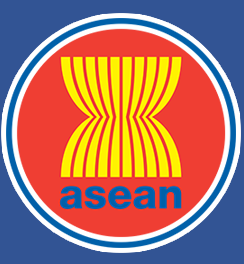ASEAN Journal on Science and Technology for Development
Abstract
The fouling organisms at Songkhla Port were investigated from November 2011 to December 2012. Samples were collected using PVC panels (10 cm x 20 cm) submerged for one-month and three-month periods. Analysis of fouling panels was carried out using PhotoGrid software. In addition to slime and silt, three types of fouling organisms, namely encrusting bryozoa, barnacles and calcareous polychaetes, were observed on the submerged PVC panels. Calcareous polychaetes and molluscs were the most diverse groups (ten species) on panels that were submerged for one-month and three-month periods. Barnacles (Balanus spp.) were most abundant on panels submerged for three-month periods, while calcareous polychaetes dominated one-month panels. The dominant species of mollusc was the mussel Brachidontes sp. The major polychaetes identified were Ficopomatus macrodon, F. enigmaticus and Hydroides norvegicus. A highlight of this study was the first record of the Caribbean tubeworm Hydroides sanctaecrucis in Thailand, which has previously invaded and established in Australian waters through hull fouling.
Publication Date
9-15-2018
Recommended Citation
Ratchanee, Phuttapreecha; Sumana, Kajonwattanakul; Phatcharin, Songkai; and Chaovadee, Choamanee
(2018)
"Survey of Fouling Organisms at Songkhla Port in Thailand,"
ASEAN Journal on Science and Technology for Development: Vol. 35:
No.
1, Article 21.
DOI: https://doi.org/10.29037/ajstd.485
Available at:
https://ajstd.ubd.edu.bn/journal/vol35/iss1/21

